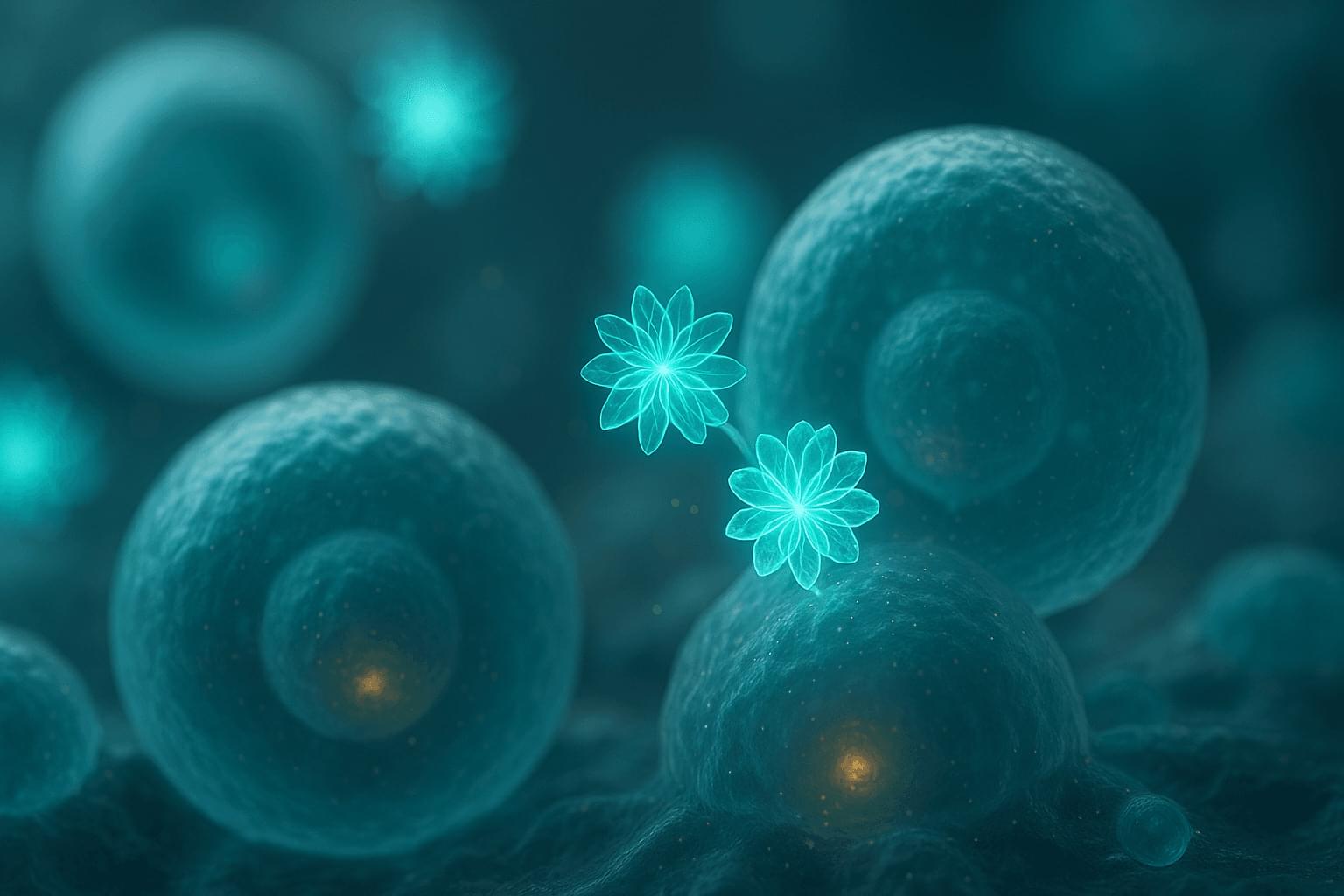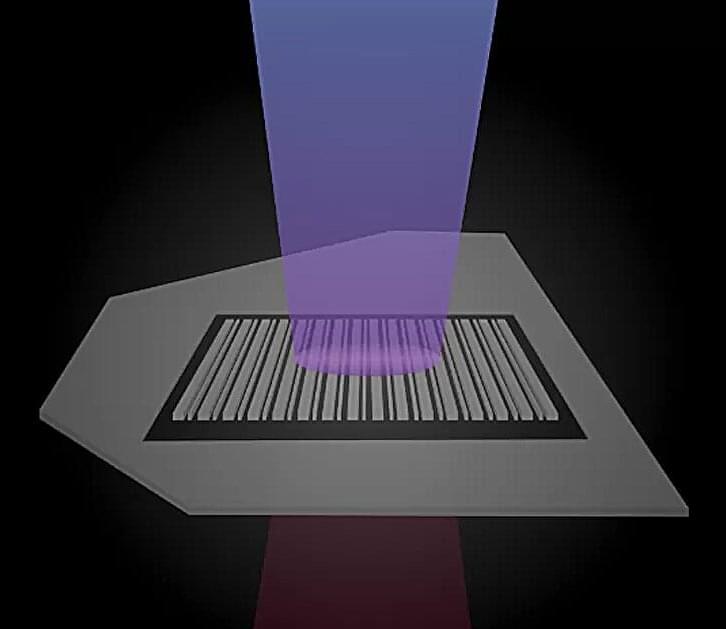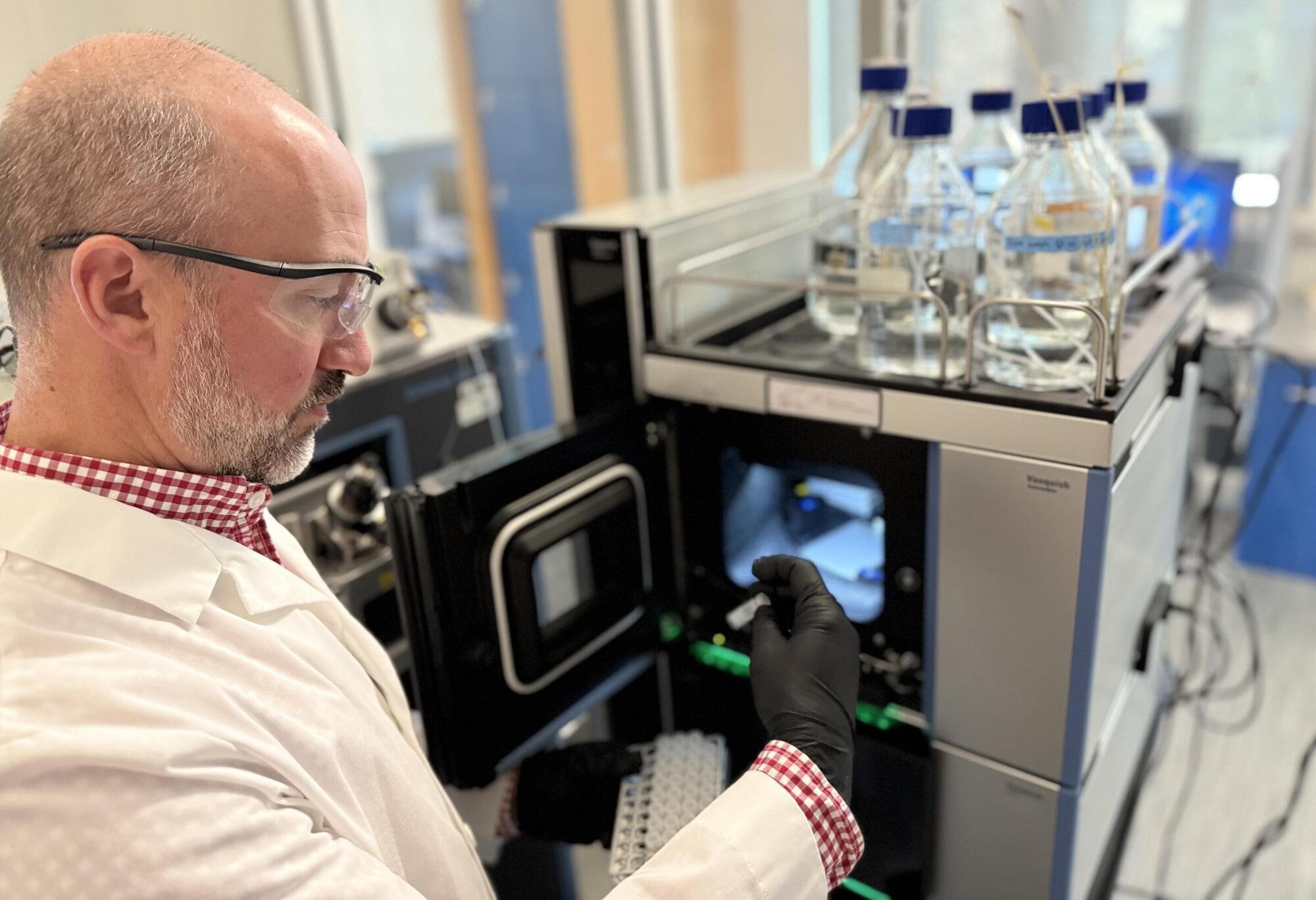NASA detects first “magnetic switchback” near Earth: an energetic change in your space shield that reveals new solar risks.


This is a ~1 hour 12 minute talk titled “Computational Symbiogenesis” by Blaise Agüera y Arcas (https://research.google/people/106776/?&type=google), given for our symposium on the Platonic Space (https://thoughtforms.life/symposium-on-the-platonic-space/).
Biologist Michael Levin—creator of the world’s first living robots—reveals a radical, evidence-based view of evolution driven by a fundamental mind, where agency emerges in unexpected places and what this means for humanity’s co-evolution with AI and AGI.
▶️ Read the article on Forbes.com \.




In January, a team led by Jim Schuck, professor of mechanical engineering at Columbia Engineering, developed a method for creating entangled photon pairs, a critical component of emerging quantum technologies, using a crystalline device just 3.4 micrometers thick.
Now, in a paper published in Nature Photonics in October, Columbia Engineers have shrunk nonlinear platforms with high efficiency down to just 160 nanometers by introducing metasurfaces: artificial geometries etched into ultrathin crystals that imbue them with new optical properties.
“We’ve established a successful recipe to pattern ultrathin crystals at the nanoscale to enhance nonlinearity while maintaining their sub-wavelength-thickness,” said corresponding author Chiara Trovatello is currently an assistant professor at Politecnico di Milano and was a Marie Skłodowska-Curie Global Fellow at Columbia working with Schuck.

An environmental chemistry laboratory at Duke University has solved a longstanding mystery of the origin of high levels of PFAS—so-called “forever chemicals”—contaminating water sources in the Piedmont region of North Carolina.
By sampling and analyzing sewage in and around Burlington, NC, the researchers traced the chemicals to a local textile manufacturing plant. The source remained hidden for years because the facility was not releasing chemical forms of PFAS that are regulated and monitored. The culprit was instead solid nanoparticle PFAS “precursors” that degrade into the chemicals that current tests are designed to detect.
Incredibly, these precursors were being released into the sewer system at concentrations up to 12 million parts-per-trillion—approximately 3 million times greater than the Environmental Protection Agency’s recently-enacted drinking water regulatory limit for certain types of PFAS.

If “Batman” appears on the scene, we immediately become more altruistic: in fact, research conducted by psychologists from the Università Cattolica del Sacro Cuore, Milan, shows that the sudden appearance of something unexpected—Batman—disrupts the predictability of everyday life and forces people to be present, breaking free from autopilot.
The study was published in the journal npj Mental Health Research, and was led by Francesco Pagnini, Full Professor of Clinical Psychology at the Faculty of Psychology, Università Cattolica.
Prosocial behavior, or the act of helping others, is essential to social life, yet the spontaneous environmental factors that trigger such behavior remain little explored. This study tested the ability of an unexpected event, such as the presence of a person dressed as Batman, to increase prosocial behavior by interrupting routines and increasing people’s attention to the present moment.
